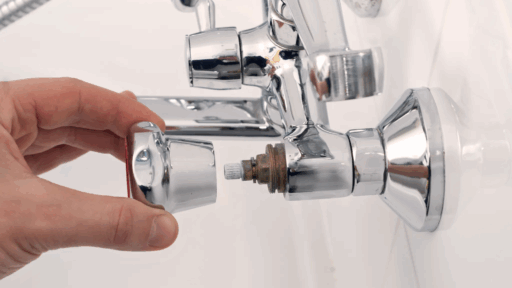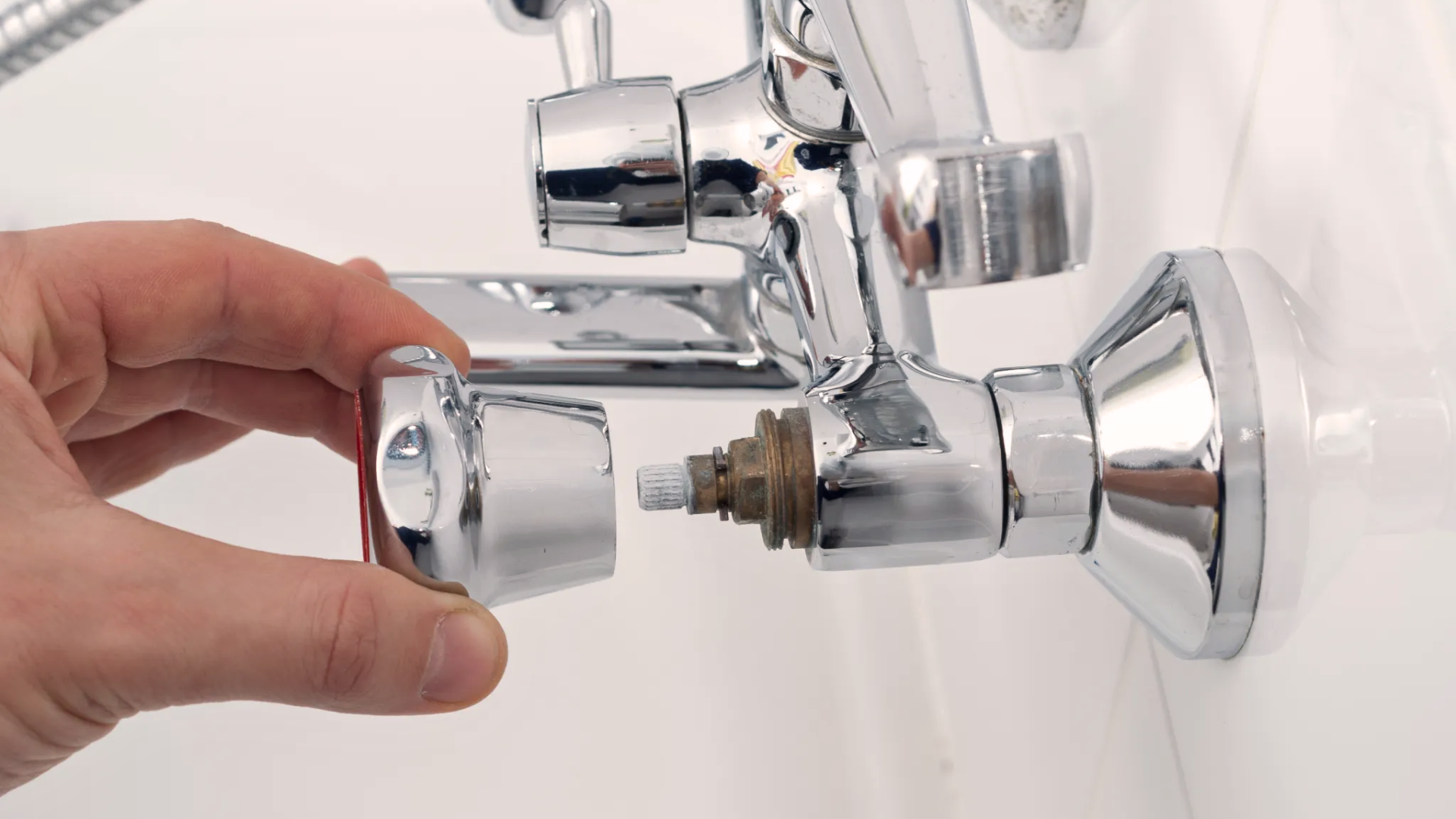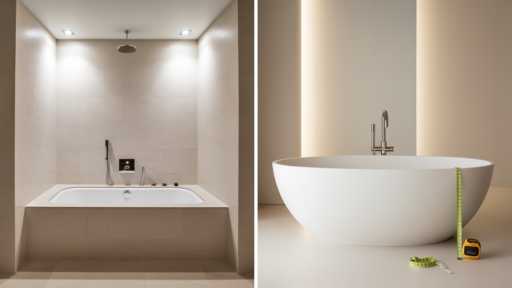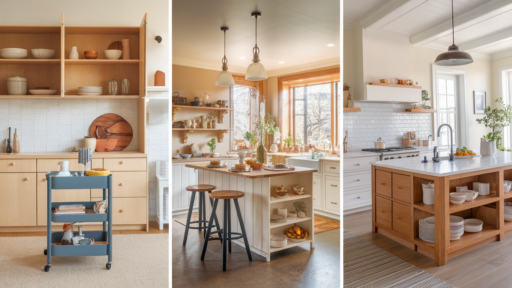Ever had your relaxing shower turn icy cold out of nowhere? Or struggled with weak water pressure or a handle that’s tough to turn? Chances are, the shower valve is behind it.
This small part does a big job, controlling the water’s temperature, flow, and pressure every time you turn the tap.
Many people don’t realize just how important a shower valve is until something goes wrong. The good news? It’s not hard to understand once you break it down.
In this guide, you’ll learn:
- What a shower valve actually does
- The different types you’ll find in homes
- Basic care and maintenance advice
Understanding your shower valve can save you time, money, and a whole lot of frustration. I’ll show you how.
What Is a Shower Valve?
A shower valve is the part behind the shower handle that controls how water flows to your showerhead.
It lets you adjust the temperature, pressure, and flow of the water. Even though you can’t see it, it’s one of the most important parts of your shower.
The valve sits inside the wall and connects to both the hot and cold water lines. When you turn the handle, the valve mixes the hot and cold water to reach the temperature you want.
It also controls how fast the water comes out. Without a working valve, your shower can feel too hot, too cold, or have weak pressure.
Some valves also let you switch the water between the showerhead and a tub spout. If your shower isn’t working right, there’s a good chance the valve is the reason.
It may be hidden and small, but it plays a key role in how your shower works.
Types of Shower Valves
When building or updating a shower, choosing the right valve is important. Some are simple, while others offer more control, comfort, or safety. Below is a quick guide to the most common types to help you find the best fit for your space and budget:
1. Manual Mixer Valves
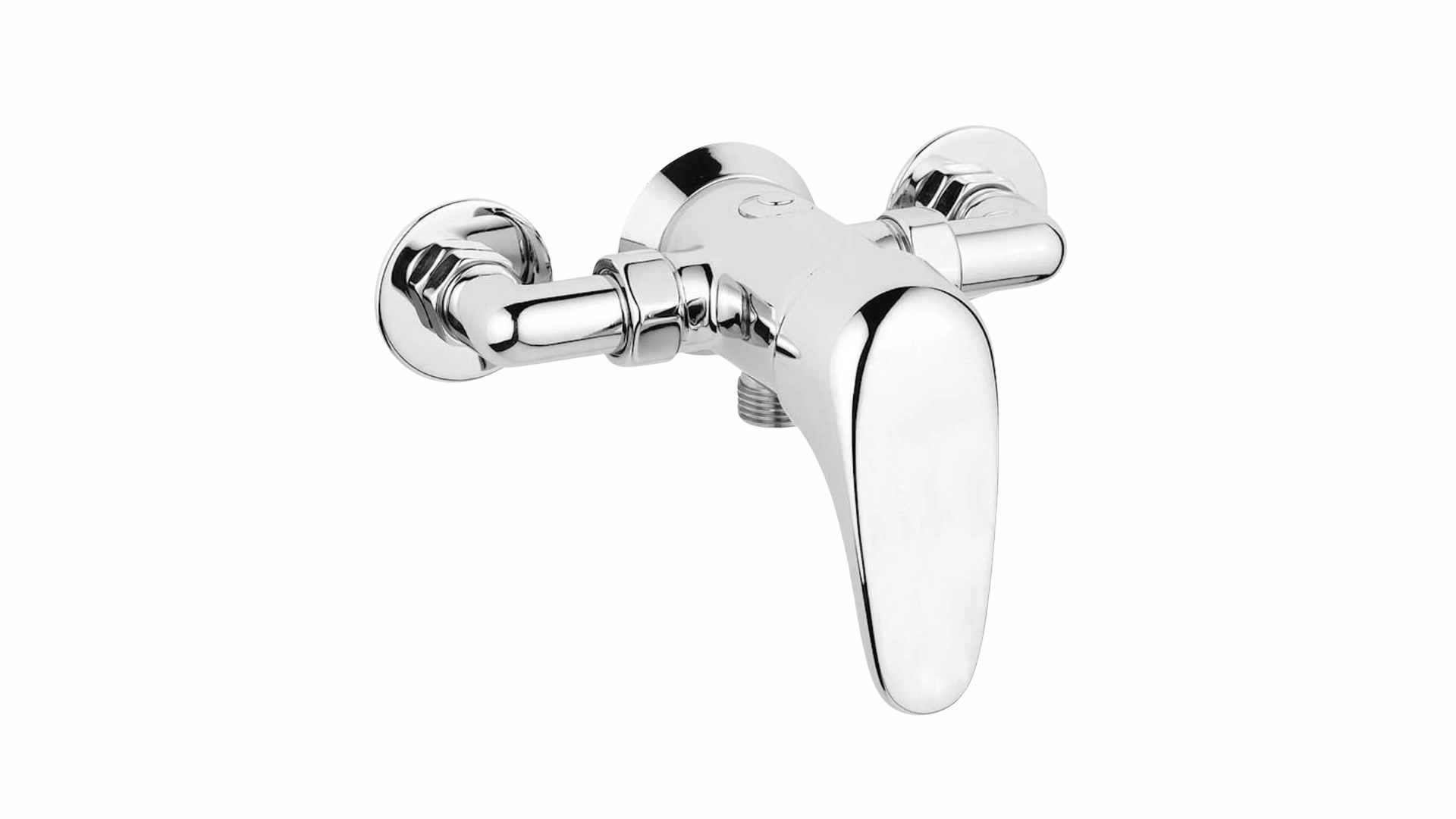
A manual mixer valve is the most basic type you’ll find. It’s common in older homes and in setups where keeping things simple and affordable is the goal.
With this, you adjust the water temperature by turning a single handle or two separate knobs, one for hot and one for cold.
This setup works fine if you’re used to it and don’t mind adjusting the temp every time.
But it doesn’t protect you from sudden pressure changes in the plumbing.
How it works:
The valve connects to both hot and cold water lines. As you turn the handle, it increases or reduces the flow from each side.
The water mixes inside the valve body before it comes out of the showerhead. As there’s no built-in safety feature, you have to adjust by feel and pay attention to avoid big temp swings.
2. Pressure-Balancing Valves
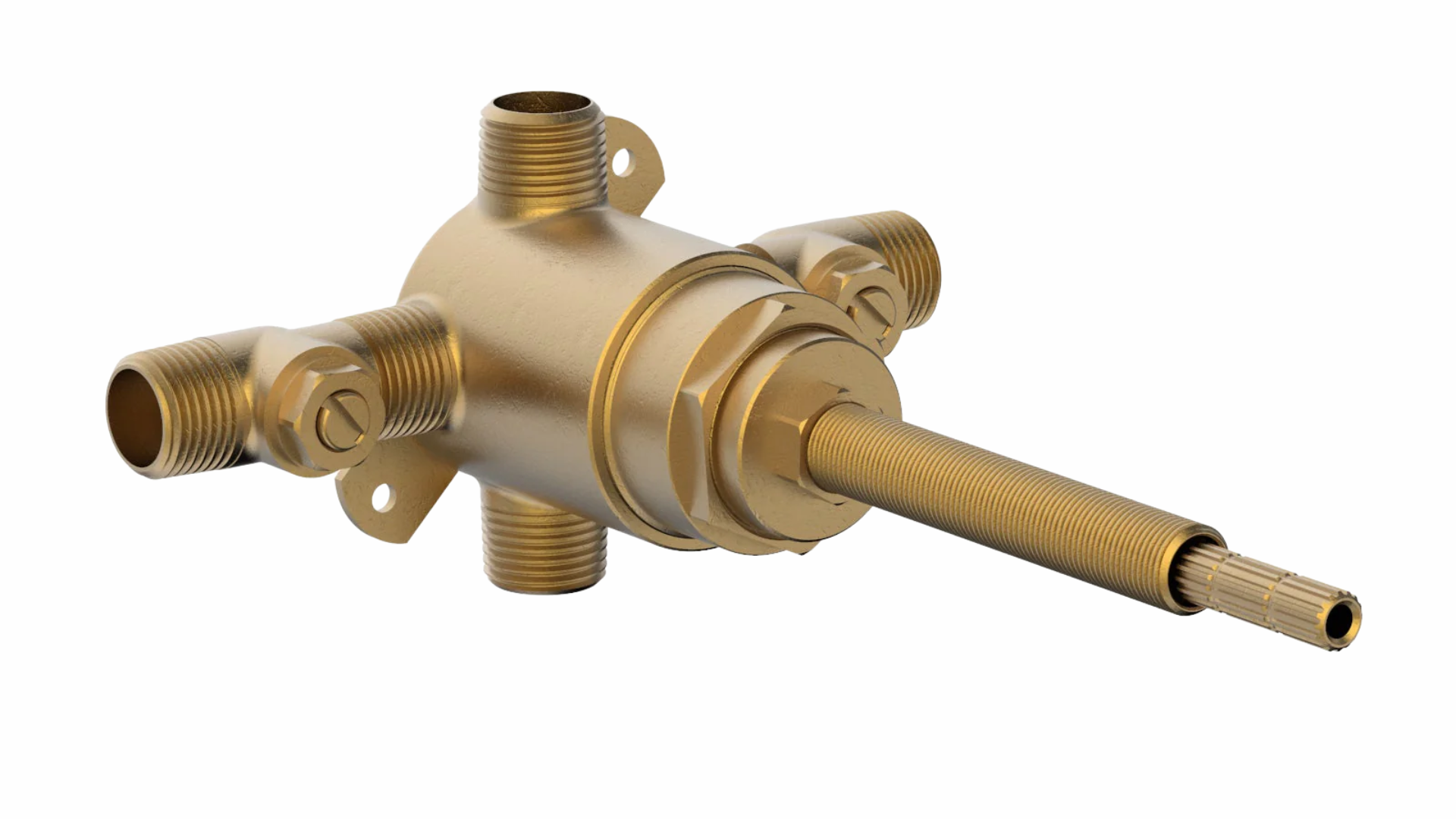
This type of valve is a smart upgrade if you want better safety and more reliable temperature control.
It helps stop sudden changes in water temperature if someone else uses water elsewhere in the house.
That makes it a popular choice for homes with kids, seniors, or anyone who doesn’t want to get surprised by a freezing or scalding shower.
You can adjust the temp yourself, but once it’s set, the valve works in the background to keep things stable.
How it works:
Inside the valve, there’s a part that senses changes in water pressure.
If the pressure drops on one side, like the cold water line, the valve quickly reduces the hot water to match. This keeps the water mix balanced.
It doesn’t control the temperature directly, but it stops big swings by balancing the pressure between the two sides.
3. Thermostatic Valves
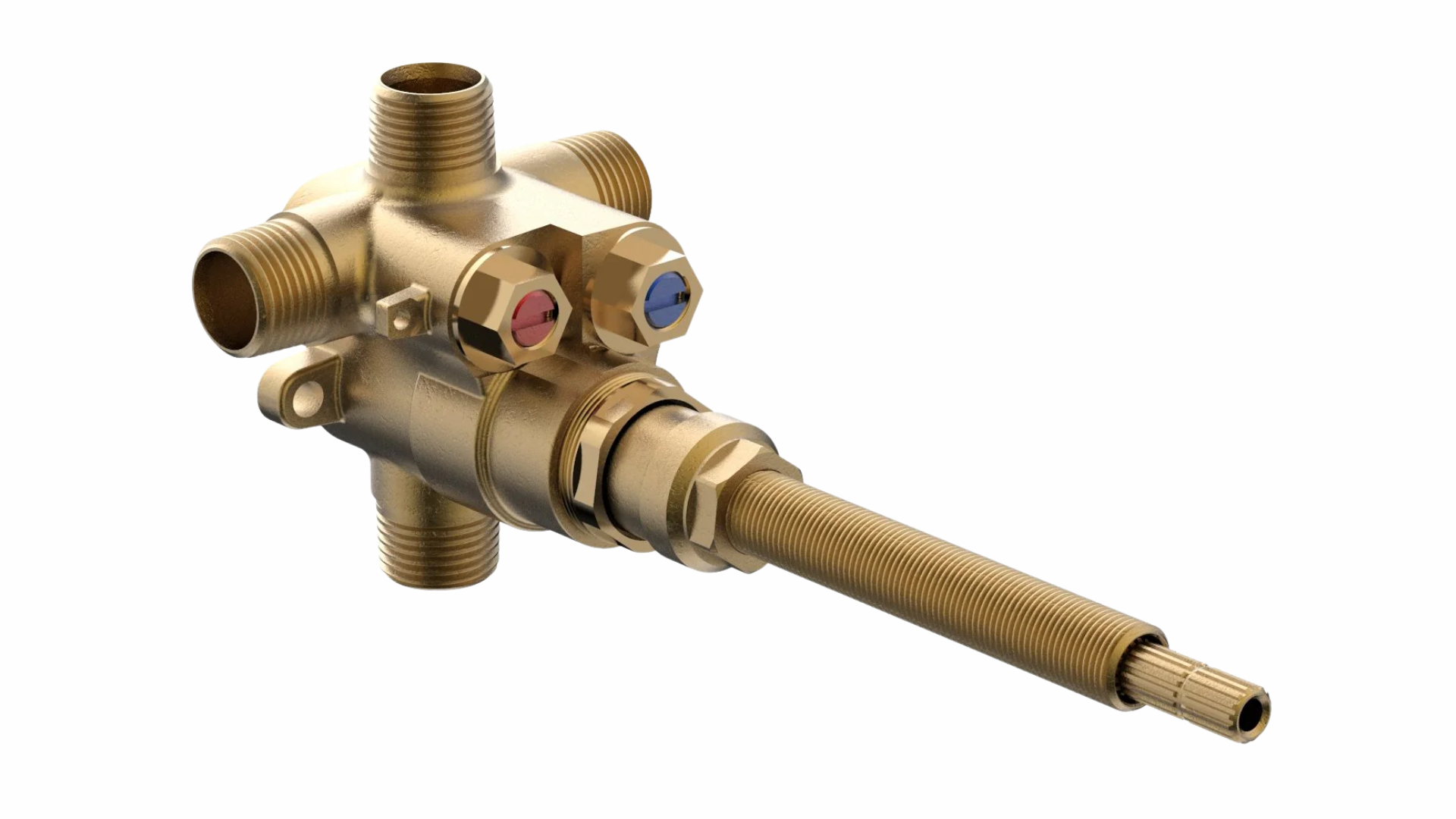
If you want more precise control, a thermostatic valve might be what you’re looking for.
It allows you to set an exact temperature, and the valve keeps the water at that setting during your entire shower.
These valves are often used in modern or luxury bathrooms, but they’re also practical for anyone who wants a more consistent experience.
Many models have two controls, one for temperature, one for water flow, so you don’t have to adjust them every time you shower.
How it works:
A built-in thermostat reads the water temperature as it flows through.
If the incoming water changes, the valve automatically adjusts the mix of hot and cold to stay at your chosen temperature.
It gives you stable results even if someone starts the dishwasher or laundry. You set it once and let the valve do the work.
4. Diverter Valves
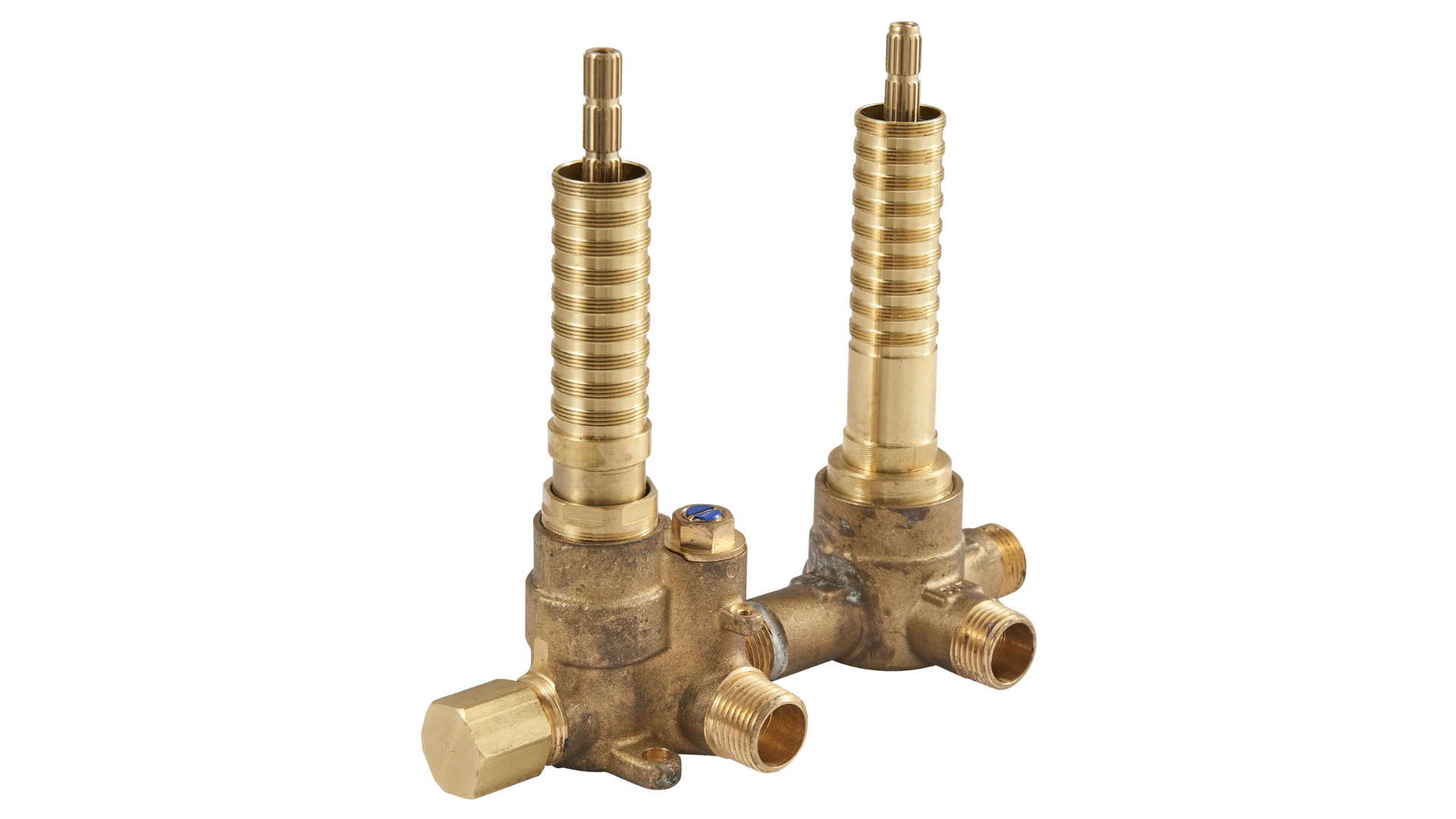
If your shower setup has more than one water outlet, like a tub spout and a showerhead, or even a handheld sprayer, you’ll need a diverter valve.
This type lets you switch where the water flows with a simple lever or knob.
Some showers use a diverter combined with a mixer valve, and others have it as a separate piece. If you like having options in your shower, this valve is a must.
How it works:
The diverter sits in the water path and blocks or opens different outlets based on how you set it.
For example, when you turn the knob or pull the lever, it may stop the tub spout and direct the water to the showerhead instead.
You can only use one outlet at a time, unless your system is designed for dual flow.
Choosing the Right Shower Valve
Choosing the right shower valve is easier than it seems. Just consider your plumbing, who’ll use the shower, and the features you need. I’ll break it down to help you decide:
1. Look at Your Plumbing Setup
The first thing to think about is your home’s plumbing. Are you doing a full remodel or just replacing parts in an existing shower?
If it’s a new build or a full renovation, you’ll have more options and flexibility. If it’s an older shower, your choices might be more limited unless you’re opening up the wall.
I always suggest checking what’s already there before buying anything new.
2. Think About Who Uses the Shower
Who’s using the shower most often? If you have young kids or older adults in your home, safety becomes a big deal.
In that case, a pressure-balancing or thermostatic valve is a smart move. These help prevent sudden temperature spikes that could be too hot or too cold.
If it’s just you and you’re used to adjusting the handle manually, a basic valve might be enough.
3. Set a Budget and Decide on Features
Not everyone needs a high-end shower setup. If you want something simple and affordable, a manual mixer valve does the job.
But if you’re willing to spend a bit more for added comfort, pressure-balancing or thermostatic valves give you better control and peace of mind.
Some people also go for digital options, but those are usually at the higher end.
4. Ask a Plumber
If you’re unsure, it’s always okay to ask a plumber. They can tell you what fits your plumbing and help with the installation if needed.
But knowing the basic types and what they do puts you in a strong position.
You don’t have to guess, and you’ll be able to ask the right questions when it’s time to buy or install.
Maintenance Tips
These are some simple tips that will help you understand what to expect when it comes to installing and caring for your shower valve.
- Professional installation is often worth it because plumbers know how to fit the valve correctly, seal the connections, and avoid leaks.
- DIY is possible if you’ve done plumbing work before and are comfortable opening up the wall and working with water lines.
- Signs your valve might be going bad include water dripping when the shower is off,the handle is getting stiff, or there is a sudden change in water temperature.
- Clean the shower trim and handle area regularly with a soft cloth and mild cleaner to prevent buildup.
- Check behind the handle if you notice problems. Sometimes a loose screw or worn part is easy to fix.
- Good shower valves last a long time, often 10 years or more, with little maintenance if they’re installed correctly.
Conclusion
Now that you understand what a shower valve does, it’s easy to see why it matters.
This small part controls your water’s temperature, pressure, and flow, three things that can make or break your shower experience.
I’ve seen people replace showerheads and handles, only to find the real issue was the valve behind the wall.
Although it may be hidden, it plays a significant role in maintaining the stability and safety of your water.
If you’re planning a remodel, fixing a problem, or want to know what’s behind the handle, learning about your valve helps you make better choices.
A quality valve means smoother, more comfortable showers every day. Once you know how it works, it’s much easier to choose the right one.

